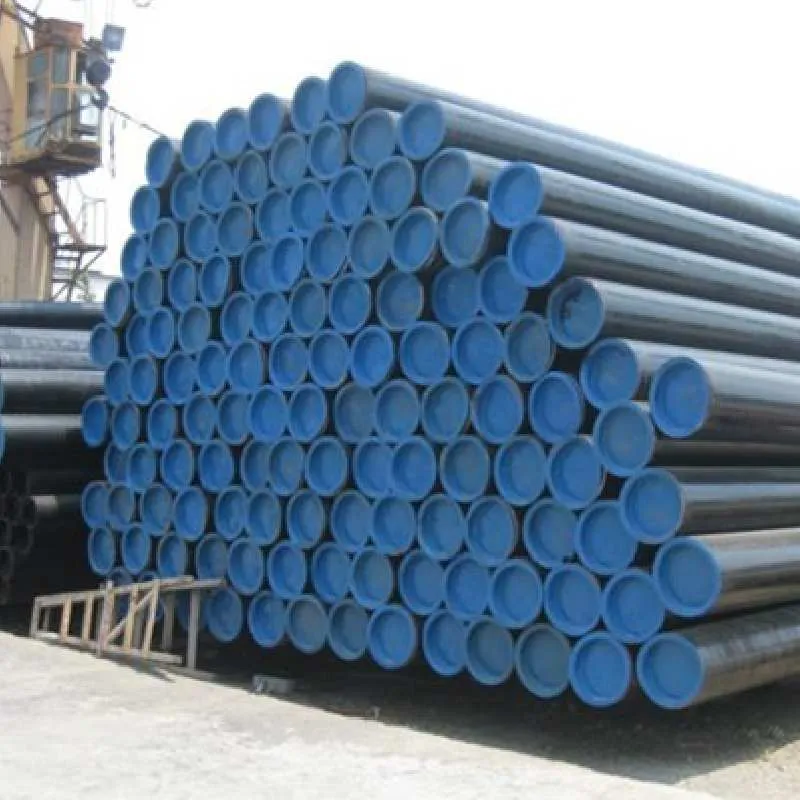Current location:
1 pipe cross
Date:2025-08-18 03:45:33 Read(143)

Understanding Flange DIN 2573 A Comprehensive Overview Flanges are critical components in piping systems, serving as connectors between two sections of pipe or as connections to other equipment such as valves and pumps. One of the standardized flange types widely used in various industries is the DIN 2573 flange. This article will explore the features, applications, and specifications of DIN 2573 flanges, providing a thorough understanding of their significance in engineering and construction. What is DIN 2573? DIN 2573 is a German standard that specifies the design and dimensions of flanges used in pressure piping systems, particularly for welded connections. The standard outlines various flange types, dimension ranges, and pressure ratings, ensuring compatibility and safety in fluid transfer. The designation DIN refers to the German Institute for Standardization, which establishes technical standards for numerous elements of engineering, thus ensuring uniformity and quality in products. Features and Specifications DIN 2573 flanges come in different pressure ratings, including PN2.5, PN6, PN10, PN16, and others, indicating the maximum pressure the flange can withstand in a given application. The design of these flanges generally follows a circular shape with a flat face or raised face, allowing for effective sealing when bolted to corresponding pipe flanges. The thickness of the flanges varies based on the pressure rating, with higher rated flanges typically featuring thicker profiles to handle increased pressure. The standard dimensions are characterized by a nominal diameter ranging from DN 15 (approximately ½ inch) to DN 600 (approximately 24 inches). This range makes DIN 2573 flanges suitable for a variety of applications across multiple industries. Materials Used DIN 2573 flanges are produced from various materials to meet different environmental and operational demands. Common materials include carbon steel, stainless steel, and alloy steel. The choice of material typically depends on factors such as the nature of the transported fluids, operating temperatures, and pressure conditions. For corrosive environments, stainless steel grades like 304 and 316 are often preferred, while carbon steel may be used for general purposes. Applications flange din 2573 DIN 2573 flanges are widely utilized in numerous sectors, including 1. Chemical Industry For the transportation of chemicals, DIN 2573 flanges provide secure and leak-proof connections that are essential for safety. 2. Oil and Gas In the oil and gas industry, these flanges are used extensively in pipeline systems, processing facilities, and on-offshore installations, ensuring high performance under extreme conditions. 3. Water Treatment Flanges manufactured to the DIN 2573 standard are commonly found in water treatment plants, facilitating the efficient flow of water and treatment chemicals. 4. HVAC Systems In heating, ventilation, and air conditioning systems, these flanges assist in connecting ducts and pipes, ensuring efficient air and fluid transport. Installation and Maintenance Installing DIN 2573 flanges requires diligence to ensure a proper seal. The flange faces must be clean and free from debris, and the appropriate gasket should be used for the application. Torque requirements for the bolts should adhere to the manufacturer's specifications to prevent leaks. Regular maintenance checks are advisable to detect any potential leaks or degradation over time. Conclusion DIN 2573 flanges represent a crucial element in many piping systems across diverse industries. Their standardized dimensions, varied pressure ratings, and material choices make them versatile for numerous applications. Understanding their specifications and correct installation practices is essential for ensuring operational efficiency and safety in fluid transportation systems. Whether in chemical processing, oil and gas, or HVAC systems, DIN 2573 flanges contribute significantly to the reliability and effectiveness of industrial operations.
Share:
Previous: Flanged Strainer for Efficient Fluid Filtration in Industrial Applications
Next: Connecting PN100 Flanges to ANSI Standards for Enhanced Performance and Compatibility
Kind tips:The above content and pictures are compiled from the Internet and are for reference only. I hope they will be helpful to you! If there is any infringement, please contact us to delete it!
You may also like
- Exploring the Benefits and Applications of Mud Slurry Pumps in Various Industries Today
- EN1092 Standard Flanges PN40 Specifications and Applications Overview
- Dimensions and Specifications of EN 1092-1 Flanges for Industrial Applications
- Bedrifter for bøying av stålrør i Norge
- Current Market Trends in Stainless Steel Seamless Pipe Pricing and Influencing Factors
- bending 3 8 steel tubing
- Enhancing Data Flow with Advanced Pipe Expansion Techniques and Solutions
- Curved Metal Pipe Applications and Benefits in Various Industries
- Designing Pipe Fittings with Both Internal and External Threading for Enhanced Connection Versatilit